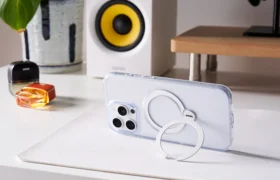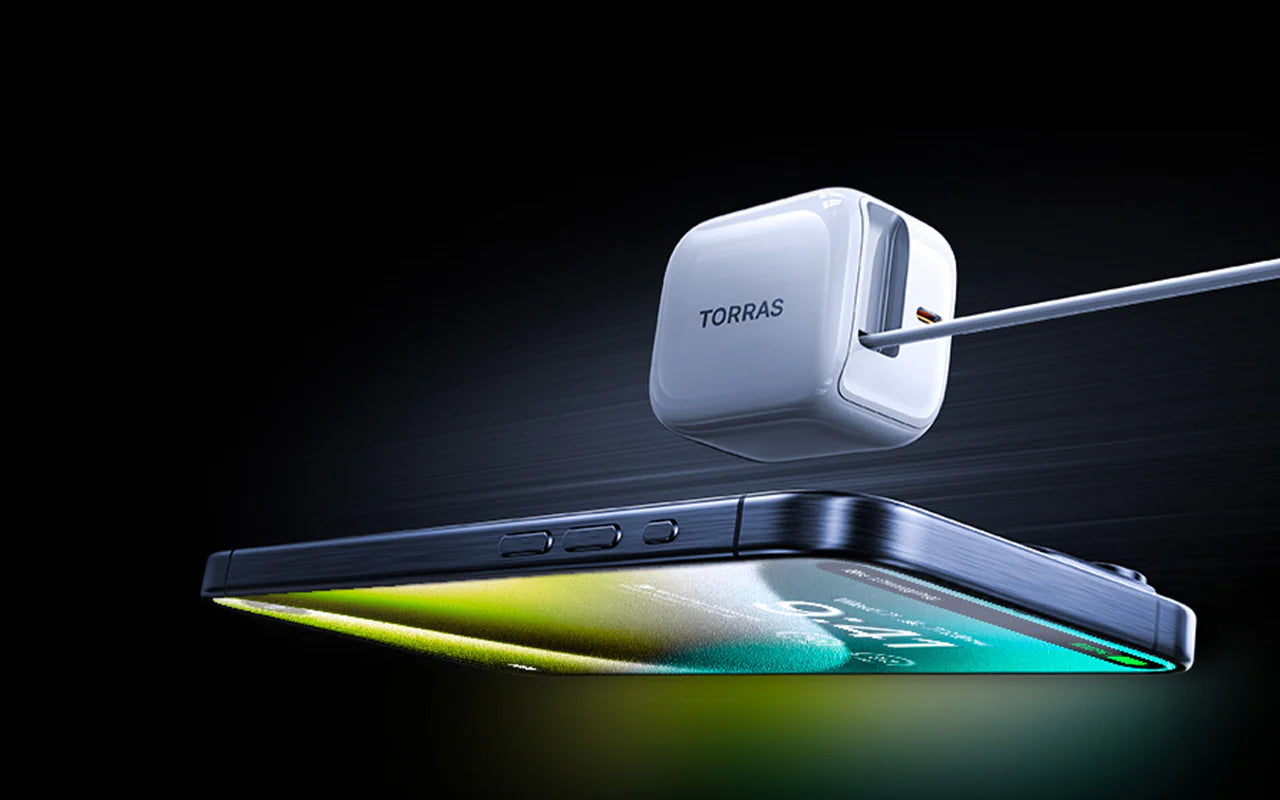
When time is limited, confirming that your iPhone is indeed fast charging can make all the difference. If you’re using compatible accessories but unsure of your charging speed, here’s a quick guide to verify fast charging, recognize potential issues, and understand common misconceptions. With these insights, you’ll ensure your device charges at maximum efficiency.
What is Fast Charging for iPhone?
Fast charging for iPhone is a technology that allows the device to charge significantly faster than standard charging methods. With fast charging, an iPhone can reach up to 50% battery capacity in just 30 minutes, provided the correct accessories are used. This technology works by delivering a higher power output, typically 18W or more, compared to the standard 5W chargers.To enable fast charging, iPhones rely on the USB Power Delivery (USB-PD) protocol, which requires a USB-C to Lightning cable and an 18W or higher power adapter.
This combination allows the iPhone to receive a faster and more efficient charge.The fast charging feature is supported by iPhone models starting from iPhone 8 and newer, as these models have the hardware necessary to handle higher wattage inputs. When these conditions are met, the iPhone can quickly boost its battery level, making it ideal for users who need to charge their devices in a short time.

Methods to Tell if Your iPhone Is Fast Charging
Method 1: Battery Percentage Increase
Fast charging typically increases your iPhone’s battery by 25-30% in the first 15-20 minutes. Here’s how to check:
- Plug in your iPhone with the proper fast-charging accessories (USB-C to Lightning cable and 18W+ adapter).
- Note the starting battery percentage.
- After 15-20 minutes, check if the battery has increased significantly (around 25-30%).
Tip: Fast charging is most effective when the battery is below 50%.
Method 2: Using the Right Charger and Cable
Fast charging requires a USB-C to Lightning cable and an 18W or higher power adapter. Using incompatible chargers or cables may result in slower charging.
- Check that your power adapter is 18W or higher (this is usually printed on the adapter).
- Ensure you’re using a USB-C to Lightning cable, not an older USB-A cable.
- If using a third-party charger, make sure it supports Apple’s fast charging (USB-PD).
Tip: Older or damaged cables may reduce charging speed, so ensure your accessories are in good condition.
Method 3: iPhone’s Charging Notification
iPhones don’t show a specific fast charging icon, but you can still observe how quickly the battery percentage increases.
- When plugged in, the charging icon will appear in the status bar.
- If the battery is increasing significantly within the first 30 minutes (around 25-30%), fast charging is likely active.
- If charging seems slow, double-check your cable and adapter compatibility.
Tip: Slight heating during fast charging is normal, but excessive heat could indicate an issue with the accessories.
Method 4: Using a Power Meter
If you want to be more precise, a USB power meter can show the exact power flowing to your iPhone. Here’s how to use one:
- Connect a power meter between the charger and your iPhone cable.
- If the power draw is around 18W or higher, your iPhone is fast charging.
Tip: Power meters are great for checking multiple chargers or cables if you frequently switch accessories.
Common Misconceptions About Fast Charging
Myth: All USB-C Chargers Support Fast Charging
Many assume that any USB-C charger will fast charge their iPhone, but not all USB-C chargers provide the required wattage. For iPhone fast charging, a power adapter rated at 18W or higher is essential. Lower-wattage USB-C chargers will only charge at standard speeds, negating the benefits of fast charging. Additionally, some USB-C chargers don’t support the USB Power Delivery (USB-PD) protocol, which is crucial for fast charging on iPhone. To ensure your iPhone charges at full speed, choose a charger that explicitly supports USB-PD and delivers at least 18W of power.
Myth: Wireless Charging Is as Fast as Wired Fast Charging
While wireless charging is convenient, it typically doesn’t match the speed of wired fast charging. Most wireless chargers have a lower wattage limit, with even newer iPhones capped at around 15W for wireless charging. In contrast, wired fast charging can provide a higher power output (18W or more), allowing for faster charging times, especially when you need a quick power boost. Additionally, wireless charging efficiency can be affected by the positioning of the charger and the iPhone, which can lead to slower actual charging speeds.
Myth: Any Cable Will Work for Fast Charging
Not all cables support fast charging. iPhone fast charging requires a USB-C to Lightning cable, while older USB-A cables or low-quality cables can significantly reduce charging speed. USB-A cables only support lower wattages and cannot meet the demands of fast charging. Even with a compatible adapter, if the cable doesn’t support USB-PD, the power output will fall below 18W. Poor-quality or aging cables may also transmit power inconsistently, which can further impact charging speed. For reliable fast charging, it’s best to use Apple’s original or MFi-certified cables.
Myth: Fast Charging Damages Battery Health
Although fast charging generates more heat than standard charging, it doesn’t directly harm battery health when used appropriately. Apple’s built-in safeguards help manage temperature and charging speed to protect battery longevity.
Factors That Can Affect Fast Charging
- Temperature: Charging performance may drop if your iPhone is too cold or overheated.
- Charger and Cable Condition: Worn or damaged charging accessories can slow charging speed.
- Battery Health: Reduced battery health over time can affect fast-charging efficiency.
- Power Source: Wall outlets provide faster, more stable charging than laptops or car USB ports.
- Background Activity: Power-intensive apps can slow fast charging; close apps to improve speed.
- Software Updates: Updating iOS helps ensure charging optimizations and maximum efficiency.
Conclusion
Confirming that your iPhone is fast charging doesn’t have to be complicated. By knowing what to look for and using the right accessories, you can minimize charging time and keep your device ready when you need it. Follow these simple steps to make sure your setup delivers the speed you expect, and enjoy the convenience of a fully charged iPhone without waiting.

 Cart is empty
Cart is empty 





